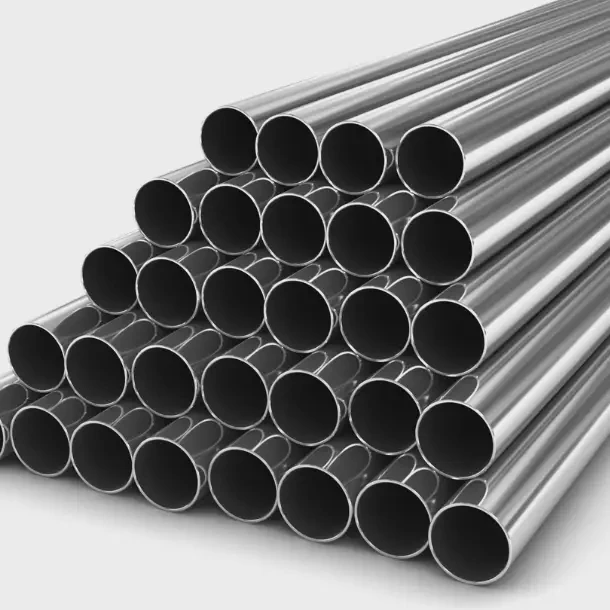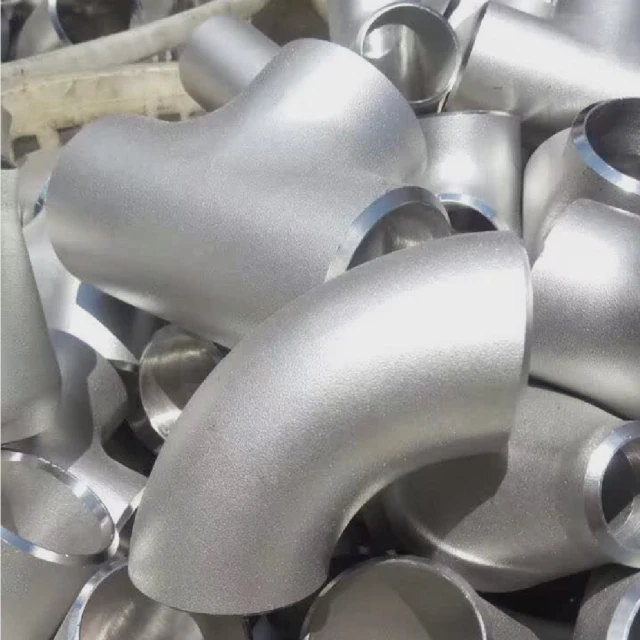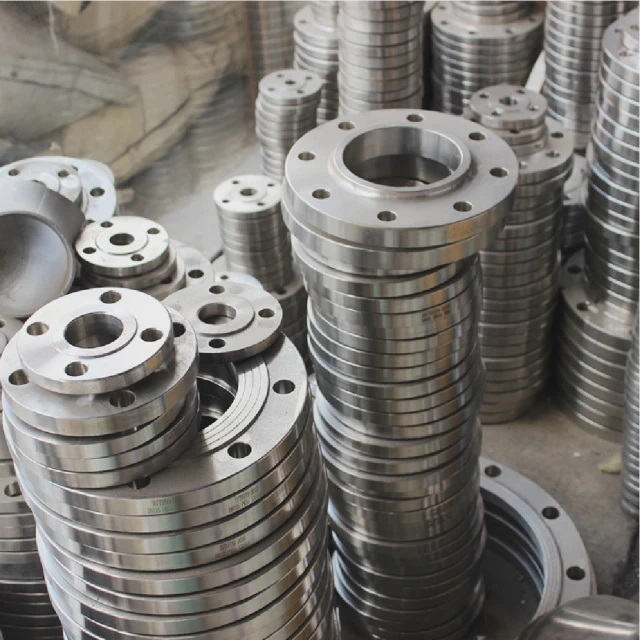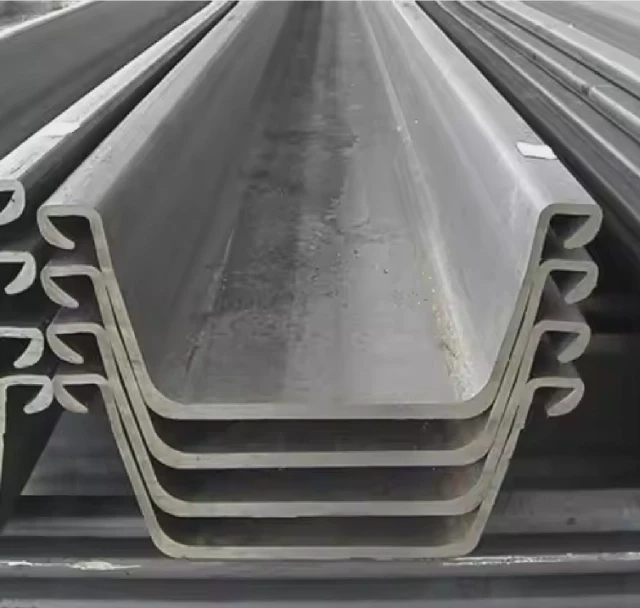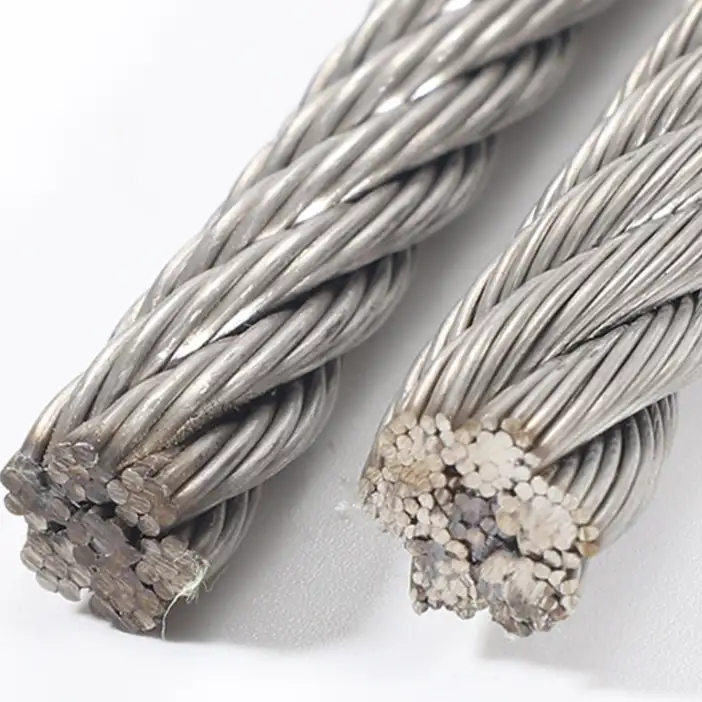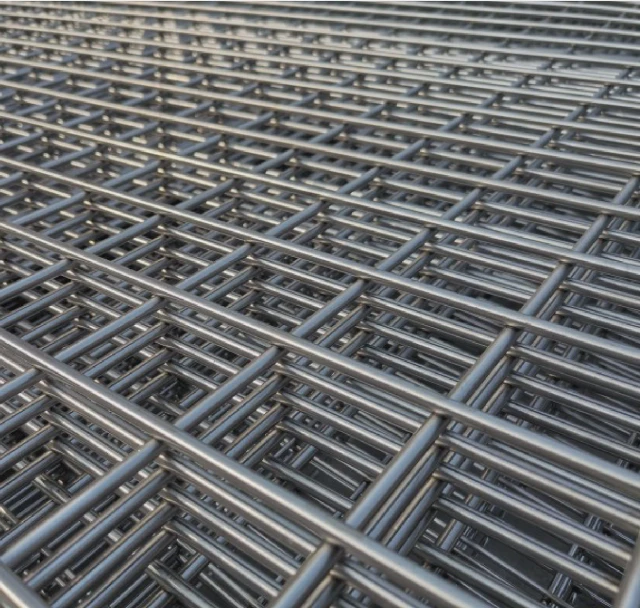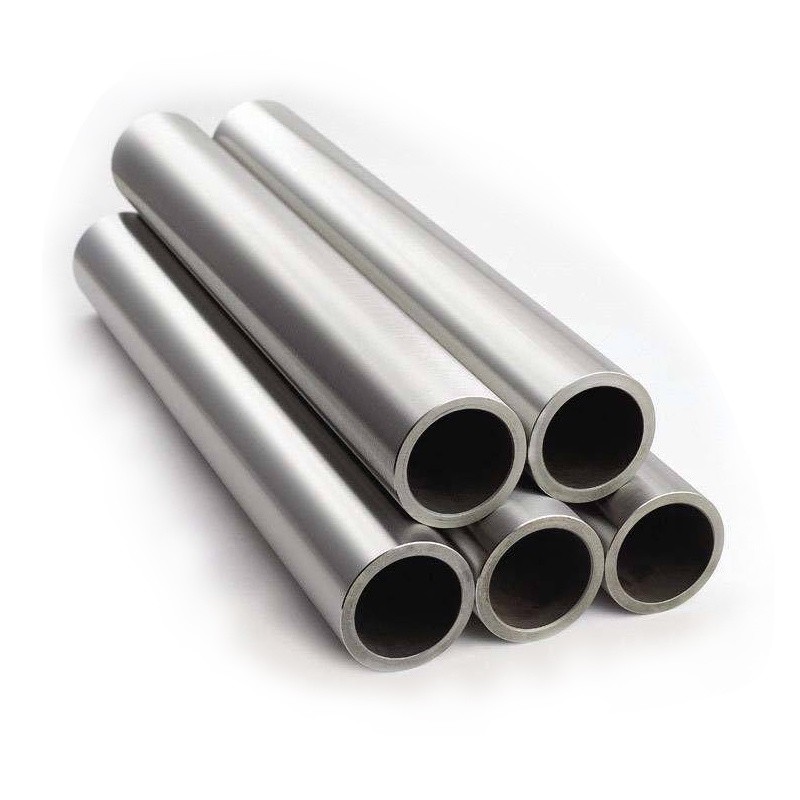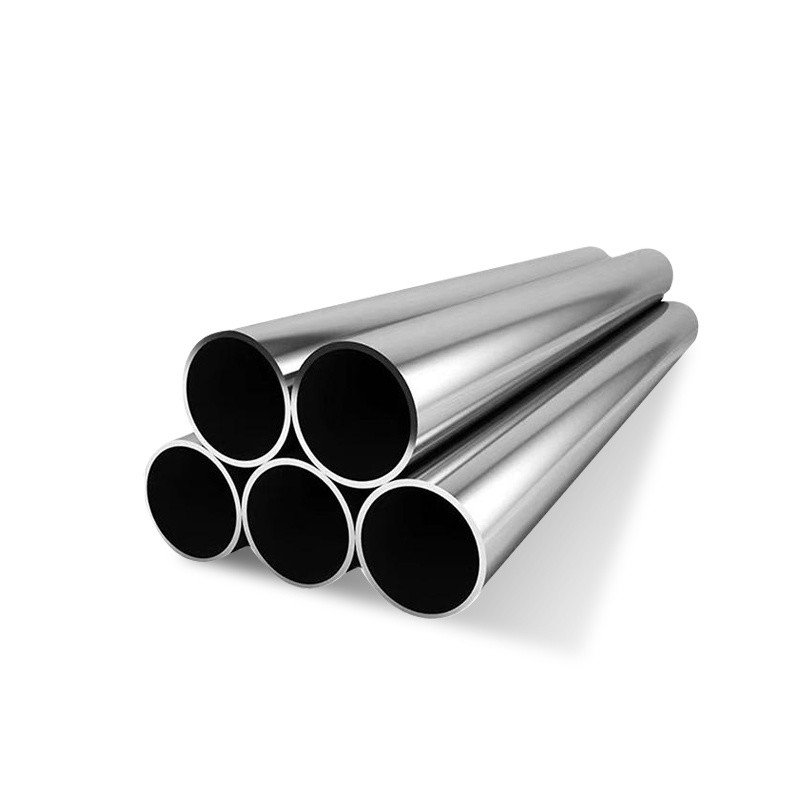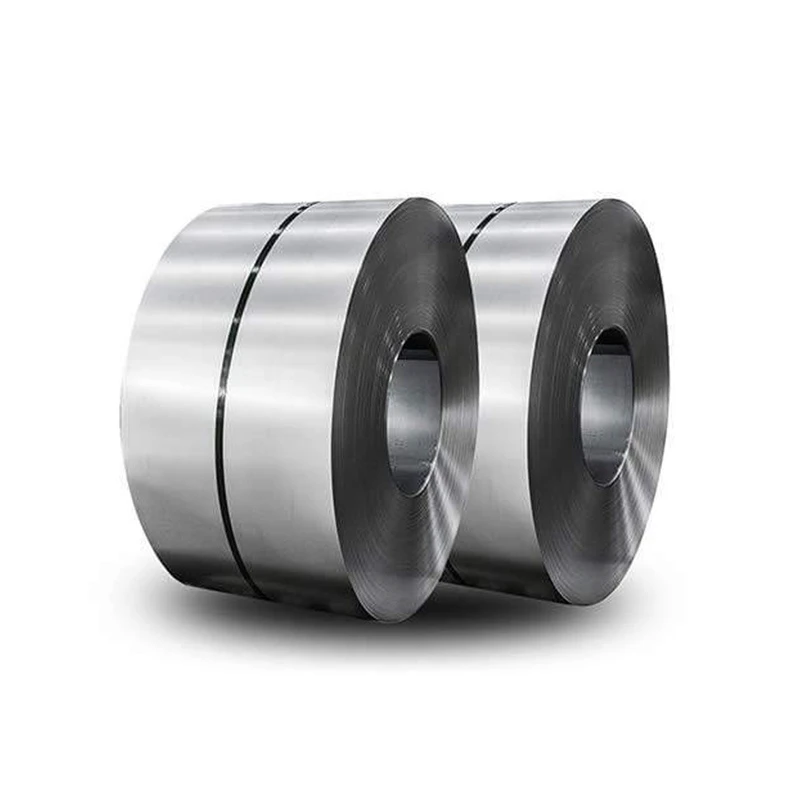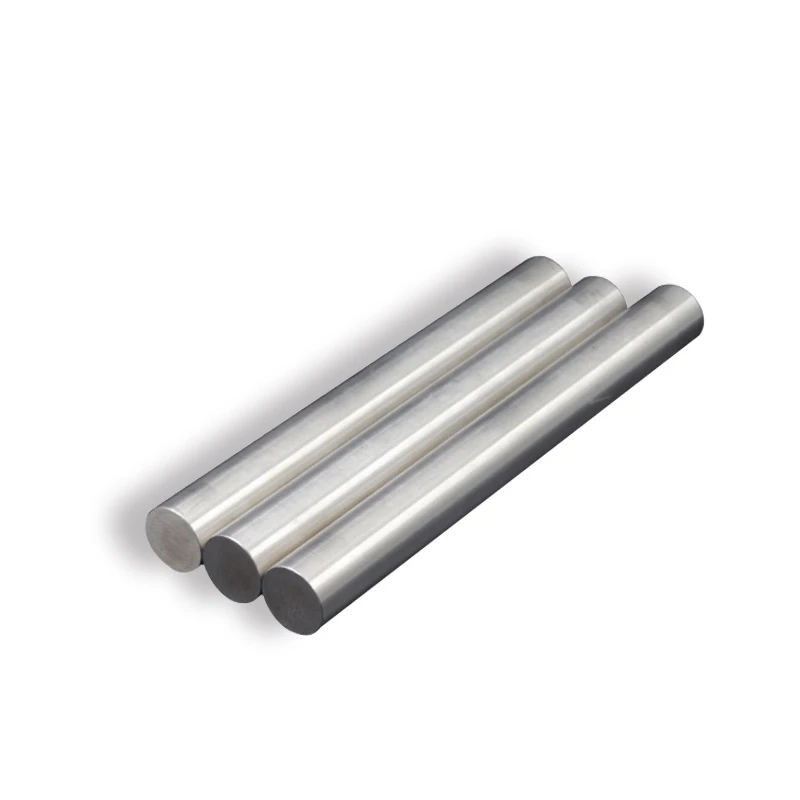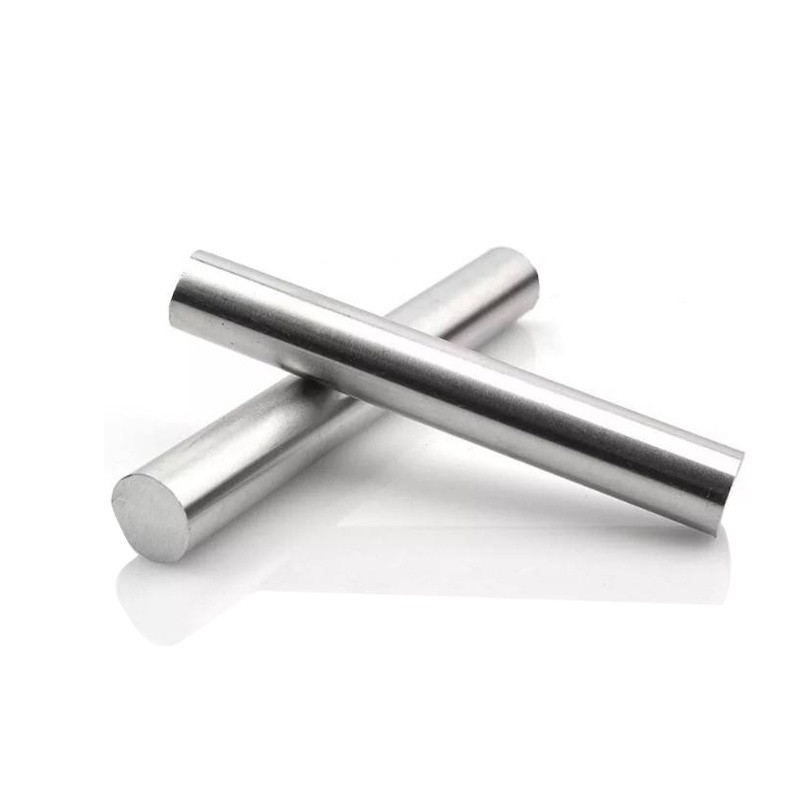
CATEGORIES
FEATURED PRODUCTS
ASTM A213 Stainless Steel Pipe
We offer this product and related grades with 100% factory direct pricing and free quotes available within 24 hours.
APPLICATION SCENARIOS

OUR ADVANTAGE

Certificate of Honor

PARTNER

Our Factory

ASTM A213 is a widely recognized specification for seamless ferritic and austenitic steel pipes, primarily intended for use in high-temperature, high-pressure applications. These pipes are designed for use in a variety of industries, including power generation, petrochemical, and chemical processing. The standard ensures that the pipes possess excellent mechanical properties, high resistance to oxidation, and good structural integrity in demanding conditions.
1. Introduction to ASTM A213 Stainless Steel Pipe
ASTM A213 is a standard specification that governs the manufacturing of seamless ferritic and austenitic stainless steel pipes used primarily in high-temperature environments. These pipes are designed to maintain structural integrity and performance under harsh conditions, such as elevated temperatures and high pressure.
Typical applications include power plants, heat exchangers, condensers, superheaters, and other high-temperature systems. ASTM A213 ensures that the stainless steel pipes manufactured to this standard possess excellent resistance to oxidation, corrosion, and scaling, making them ideal for high-stress environments.
Key Features of ASTM A213 Pipes:
-
Material Types: Primarily includes austenitic and ferritic stainless steels.
-
High-Temperature Resistance: Designed to operate effectively at elevated temperatures.
-
Corrosion Resistance: Excellent protection against oxidation and scaling.
-
Seamless Construction: Ensures consistent mechanical properties and high strength.
2. Grades and Specifications under ASTM A213
ASTM A213 includes a variety of stainless steel grades that offer different properties to suit a range of applications. The most common grades used under ASTM A213 include:
-
Grade 304: A versatile austenitic stainless steel offering good corrosion resistance and formability. It is widely used in high-temperature applications where resistance to oxidation and good strength are required.
-
Grade 316: Contains molybdenum, improving its resistance to corrosion, particularly in chloride environments. Grade 316 is ideal for applications that require superior corrosion resistance, such as marine and chemical processing.
-
Grade 321: A titanium-stabilized austenitic stainless steel, ideal for high-temperature applications where intergranular corrosion may occur.
-
Grade 410: A ferritic stainless steel offering higher strength and moderate corrosion resistance, suitable for use in more demanding high-pressure applications.
Table: Comparison of ASTM A213 Stainless Steel Grades
| Property | Grade 304 Stainless Steel | Grade 316 Stainless Steel | Grade 321 Stainless Steel | Grade 410 Stainless Steel |
|---|---|---|---|---|
| Chromium (Cr) | 18.0–20.0% | 16.0–18.0% | 17.0–19.0% | 11.5–13.5% |
| Nickel (Ni) | 8.0–10.5% | 10.0–14.0% | 9.0–12.0% | 0.0–1.0% |
| Molybdenum (Mo) | None | 2.0–3.0% | None | None |
| Carbon (C) | 0.08% max | 0.08% max | 0.08% max | 0.15% max |
| Manganese (Mn) | 2.0% max | 2.0% max | 2.0% max | 1.0% max |
| Corrosion Resistance | Good | Excellent | Excellent | Moderate |
| Typical Applications | Heat exchangers, boilers, general high-temperature uses | Marine, chemical, and power plants | High-temperature systems susceptible to intergranular corrosion | High-strength, moderate-corrosion environments |
3. Chemical Composition of ASTM A213 Stainless Steel Pipe
The chemical composition of ASTM A213 stainless steel pipes is a critical factor that determines their performance, especially at high temperatures. The key elements in these pipes are:
-
Chromium (Cr): The primary element responsible for corrosion resistance and oxidation protection.
-
Nickel (Ni): Improves strength, formability, and resistance to chloride-induced stress corrosion.
-
Molybdenum (Mo): Present in Grade 316, molybdenum enhances resistance to pitting and crevice corrosion.
-
Titanium (Ti): Found in Grade 321, it stabilizes the structure of the stainless steel, preventing carbide precipitation in high-temperature environments.
-
Carbon (C): Responsible for strengthening the alloy, but it can affect corrosion resistance, especially in welded applications.
-
Manganese (Mn): Adds to the strength and toughness of the material, improving its ability to resist deformation under stress.
The combination of these elements ensures that ASTM A213 pipes can perform effectively in extreme environments, providing both strength and durability.
Table: Chemical Composition of ASTM A213 Stainless Steel Pipe (Grade 304)
| Element | Content (%) |
|---|---|
| Chromium (Cr) | 18.0–20.0% |
| Nickel (Ni) | 8.0–10.5% |
| Manganese (Mn) | 2.0% max |
| Carbon (C) | 0.08% max |
| Silicon (Si) | 0.75% max |
| Phosphorus (P) | 0.045% max |
| Sulfur (S) | 0.03% max |
4. Mechanical Properties of ASTM A213 Stainless Steel Pipe
The mechanical properties of ASTM A213 pipes make them suitable for high-temperature, high-pressure applications. Key mechanical properties include:
-
Tensile Strength: The tensile strength of ASTM A213 pipes typically ranges from 70,000 psi (485 MPa) for Grade 304 stainless steel. This ensures that the pipes can withstand significant stress before failure.
-
Yield Strength: ASTM A213 pipes generally have a yield strength of 25,000 psi (170 MPa), providing adequate resistance to deformation under normal operating conditions.
-
Elongation: The elongation of ASTM A213 pipes is typically 35% in 8 inches (200 mm), which ensures flexibility and good formability during processing.
-
Hardness: ASTM A213 pipes have a Brinell hardness of approximately 201, providing a balance between strength and resistance to deformation.
Table: Mechanical Properties of ASTM A213 Stainless Steel Pipes (Grade 304)
| Property | Value |
|---|---|
| Tensile Strength | 70,000 psi (485 MPa) |
| Yield Strength | 25,000 psi (170 MPa) |
| Elongation (%) | 35% (in 8 inches or 200 mm) |
| Hardness (Brinell) | 201 |
5. Applications of ASTM A213 Stainless Steel Pipe
ASTM A213 stainless steel pipes are used in various industries that demand high-performance materials. Common applications include:
-
Power Generation: These pipes are used in boilers, heat exchangers, superheaters, and other power plant systems that operate at elevated temperatures.
-
Chemical Processing: For transferring chemicals at high temperatures and pressures, where corrosion resistance is critical.
-
Petrochemical Industry: For the transportation of hot gases, liquids, and chemicals in refineries and petrochemical plants.
-
Heat Exchanger Systems: The pipes are ideal for systems that require efficient heat transfer at high temperatures.
-
Food and Beverage Industry: Certain grades of ASTM A213 stainless steel pipes are used for conveying hot fluids in food processing operations.
Table: Key Applications of ASTM A213 Stainless Steel Pipe
| Industry | Application |
|---|---|
| Power Generation | Boilers, heat exchangers |
| Chemical Processing | Chemical transfer pipelines |
| Petrochemical Industry | High-temperature fluid systems |
| Heat Exchangers | Heat transfer applications |
| Food & Beverage | Hot fluid transportation |
6. Global Standards and Certifications
ASTM A213 is an internationally recognized standard, but there are several other standards that may apply depending on the application or location. Some of the most relevant global standards include:
-
EN 10216 (European Standard) – Focuses on the technical delivery conditions for seamless steel tubes used in high-temperature environments.
-
ISO 1127 (International Standard) – Specifies the dimensions and tolerances for stainless steel tubes.
-
JIS G3448 (Japanese Standard) – Standard for stainless steel pipes used in sanitary systems.
These standards may have different requirements for dimensions, tolerances, and material properties. Comparing them can help ensure that the selected pipe meets the specific needs of your application.
Table: ASTM A213 vs Other International Standards
| Standard | Focus | Key Differences |
|---|---|---|
| ASTM A213 | High-temperature stainless steel pipes | Focus on seamless ferritic and austenitic steels |
| EN 10216 | Seamless steel tubes | Primarily for high-temperature uses |
| ISO 1127 | Stainless steel tubes | Focus on dimensions and tolerances |
| JIS G3448 | Stainless steel pipes | Emphasis on sanitary applications |
7. Procurement Considerations for ASTM A213 Stainless Steel Pipes
When procuring ASTM A213 stainless steel pipes, several factors should be taken into account:
-
Grade Selection: Choose the appropriate grade based on your application’s temperature, pressure, and corrosion resistance requirements.
-
Quality Assurance: Ensure the supplier provides mill test certificates and meets ASTM A213 requirements.
-
Supplier Reputation: Work with established and reputable suppliers, such as Luokaiwei, to ensure the pipes meet the necessary standards and are delivered on time.
-
Customization: Check whether the supplier offers custom lengths, surface finishes, or coatings as per your project needs.
-
Cost Comparison: While cost is important, focus on balancing price with quality. Lower-cost pipes may not offer the same level of durability and reliability in high-stress applications.
8. Case Study: Use of ASTM A213 Pipes in a Power Plant
A large power plant needed to upgrade its heat exchanger systems. The facility selected ASTM A213 pipes made from Grade 316 stainless steel due to its superior corrosion resistance and high-temperature strength. After installation, the pipes significantly improved heat transfer efficiency and reduced maintenance downtime by 15%. The long-term durability of the pipes also helped reduce operational costs, leading to higher overall plant performance.
9. Frequently Asked Questions (FAQ)
-
What industries use ASTM A213 stainless steel pipes?
ASTM A213 pipes are widely used in power generation, chemical processing, petrochemical industries, and heat exchangers, particularly in high-temperature environments. -
Can ASTM A213 pipes withstand high pressures?
Yes, ASTM A213 pipes are designed for high-pressure applications and are commonly used in pressure vessels, boilers, and high-temperature fluid systems. -
What is the difference between ASTM A213 and ASTM A312?
ASTM A213 is for seamless tubes used in high-temperature applications, while ASTM A312 is for general-purpose seamless and welded pipes. -
Why should I choose Luokaiwei for ASTM A213 pipes?
Luokaiwei offers high-quality, durable ASTM A213 stainless steel pipes that meet all international standards, ensuring optimal performance for your high-temperature applications. -
Are ASTM A213 pipes available in welded forms?
No, ASTM A213 is specific to seamless pipes, which provide superior strength and reliability in high-pressure and high-temperature applications.







